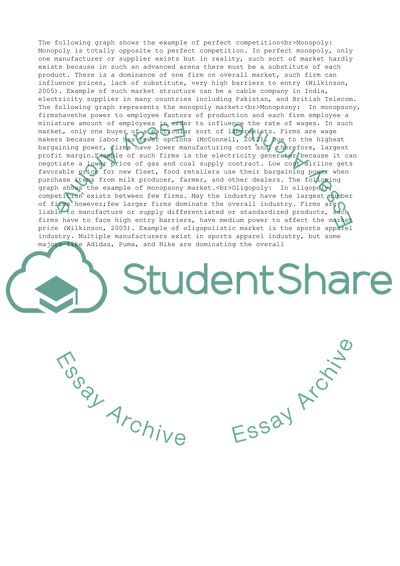Cite this document
(“Business environment Essay Example | Topics and Well Written Essays - 3250 words”, n.d.)
Business environment Essay Example | Topics and Well Written Essays - 3250 words. Retrieved from https://studentshare.org/business/1650053-business-environment
Business environment Essay Example | Topics and Well Written Essays - 3250 words. Retrieved from https://studentshare.org/business/1650053-business-environment
(Business Environment Essay Example | Topics and Well Written Essays - 3250 Words)
Business Environment Essay Example | Topics and Well Written Essays - 3250 Words. https://studentshare.org/business/1650053-business-environment.
Business Environment Essay Example | Topics and Well Written Essays - 3250 Words. https://studentshare.org/business/1650053-business-environment.
“Business Environment Essay Example | Topics and Well Written Essays - 3250 Words”, n.d. https://studentshare.org/business/1650053-business-environment.


